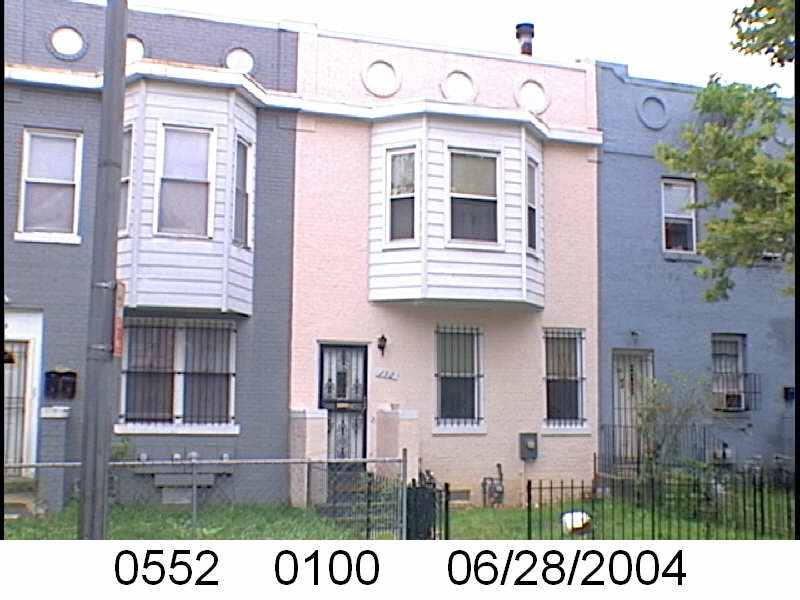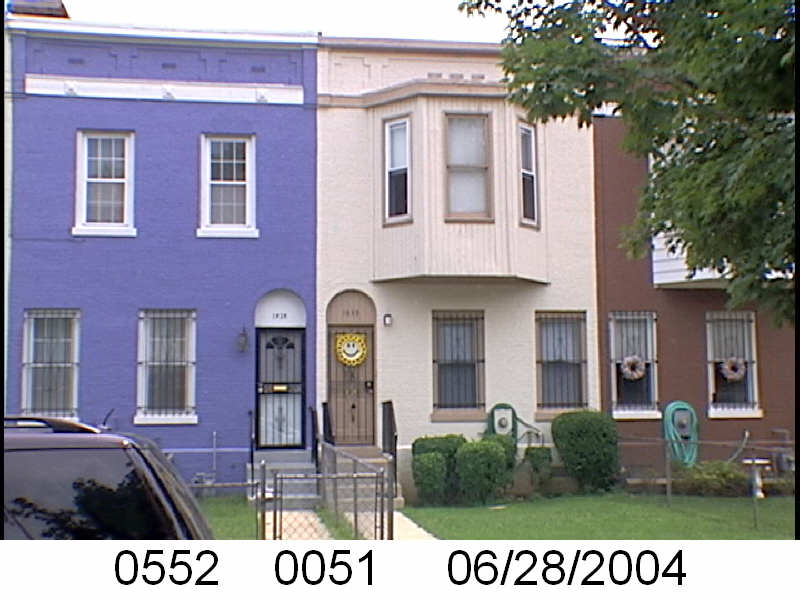The Washington Sanitary Improvement Company (WSIC) was a late 19th century charitable capitalism experiment that ended in the 1950s. This blog started looking at the homes that were supposed to be sold to African American home buyers, after decades of mainly renting to white tenants.
Looking at WSIC properties they tend to have a pattern where the properties were sold to a three business partners, Nathaniel J. Taube, Nathan Levin and James B. Evans as the Colonial Investment Co. for $3 million dollars. Those partners sold to African American buyers. There was usually a foreclosure. Then the property wound up in the hands of George Basiliko and or the DC Redevelopment Land Agency (RLA). Then there was the odd lucky ones who managed to avoid that fate.

The history of 131 Bates St NW, plays out as so:
- December 1950 (recorded Jan 18, 1951) Evans, Levin and Taube sold all of 131 Bates St NW to James C. and Florie Gordon.
- December 1950 (recorded Jan 1951) the Gordons borrowed $5,050 from Colonial Investment Co. favorite trustees Abraham H. Levin and Robert G. Weightman.
- November 1952, the Gordons sold 131 Bates to a Miss Edith E. Matthews. Matthews then sold half of 131 Bates to James C. Gordon “unmarried”, splitting the property.
- November 1952 Matthews sold the other half of 131 Bates to Evans, Levin and Taube.
- November 1952 the unmarried (not sure what happened to Florie) James C. Gordon borrowed $3,058.21 from trustees Abraham H. Levin and Robert G. Weightman.
- February 1953 Evans, Levin and Taube sold their half of the property to Frank and Earlene H. Fowler.
- Feb 1953 the Fowlers borrowed $3,211.06 from trustees Abraham H. Levin and Robert G. Weightman.
- March 1953 Florie and James are released from the December 1950 debt.
- May 1954, James C. Gordon loses his half to foreclosure and via an auction it returns to Evans, Levin and Taube.
- June 1959, as part of a larger property package, new partner Harry A. Badt, his wife, partners Evans and Taube, and their wives, along with Nathan Levin’s survivors sell off their interest in 131 Bates St NW to Sophia and George Basiliko.
- March 1970 the Fowlers were released from their debt.
- December 1971, the Basilikos and the Fowlers sold their halves of 131 Bates St NW to the DC Redevelopment Land Agency.
Let’s go down the checklist. Foreclosure, check. Sold to George Basiliko, check. Sold to DC RLA, check.









